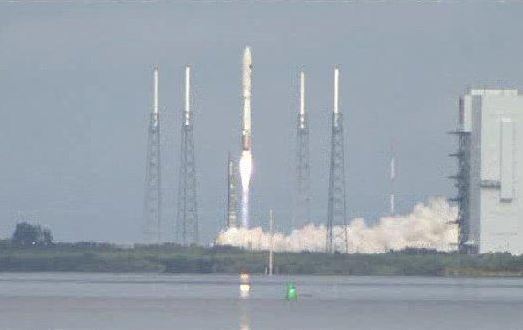ScienceRocks
Democrat all the way!
- Thread starter
- Banned
- #61
The Earth at night
http://eoimages2.gsfc.nasa.gov/images/imagerecords/79000/79765/dnb_land_ocean_ice.2012.3600x1800.jpg
The Earth at night - NASA releases incredible views of the Earth at night (pictures) - CNET NewsIn stunning new images of Earth taken at night, the Suomi NPP satellite shows how the lights from our cities illuminate the black marble globe. The composite image, taken in April and October, was mapped over existing Blue Marble imagery of Earth to provide a realistic view of the planet.
http://eoimages2.gsfc.nasa.gov/images/imagerecords/79000/79765/dnb_land_ocean_ice.2012.3600x1800.jpg
Last edited:

